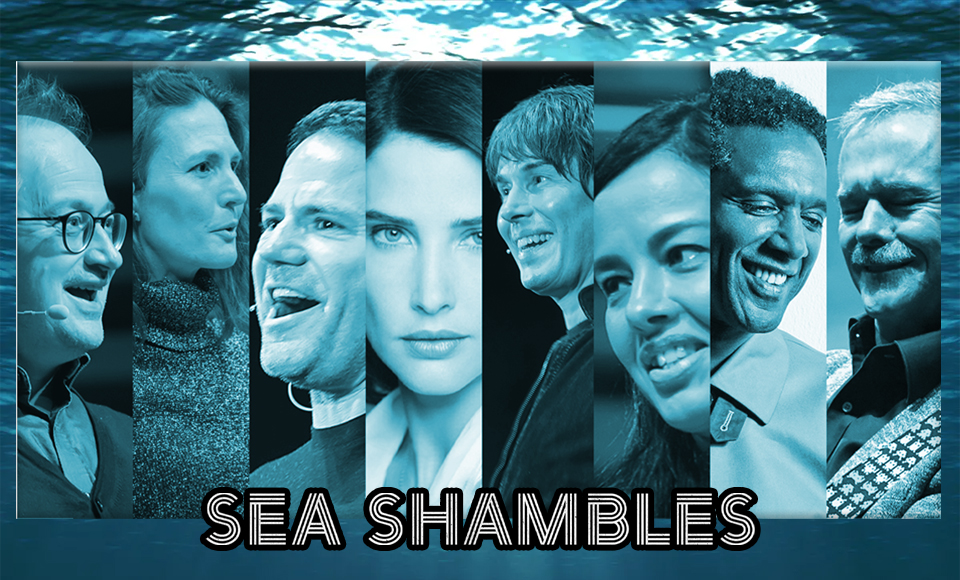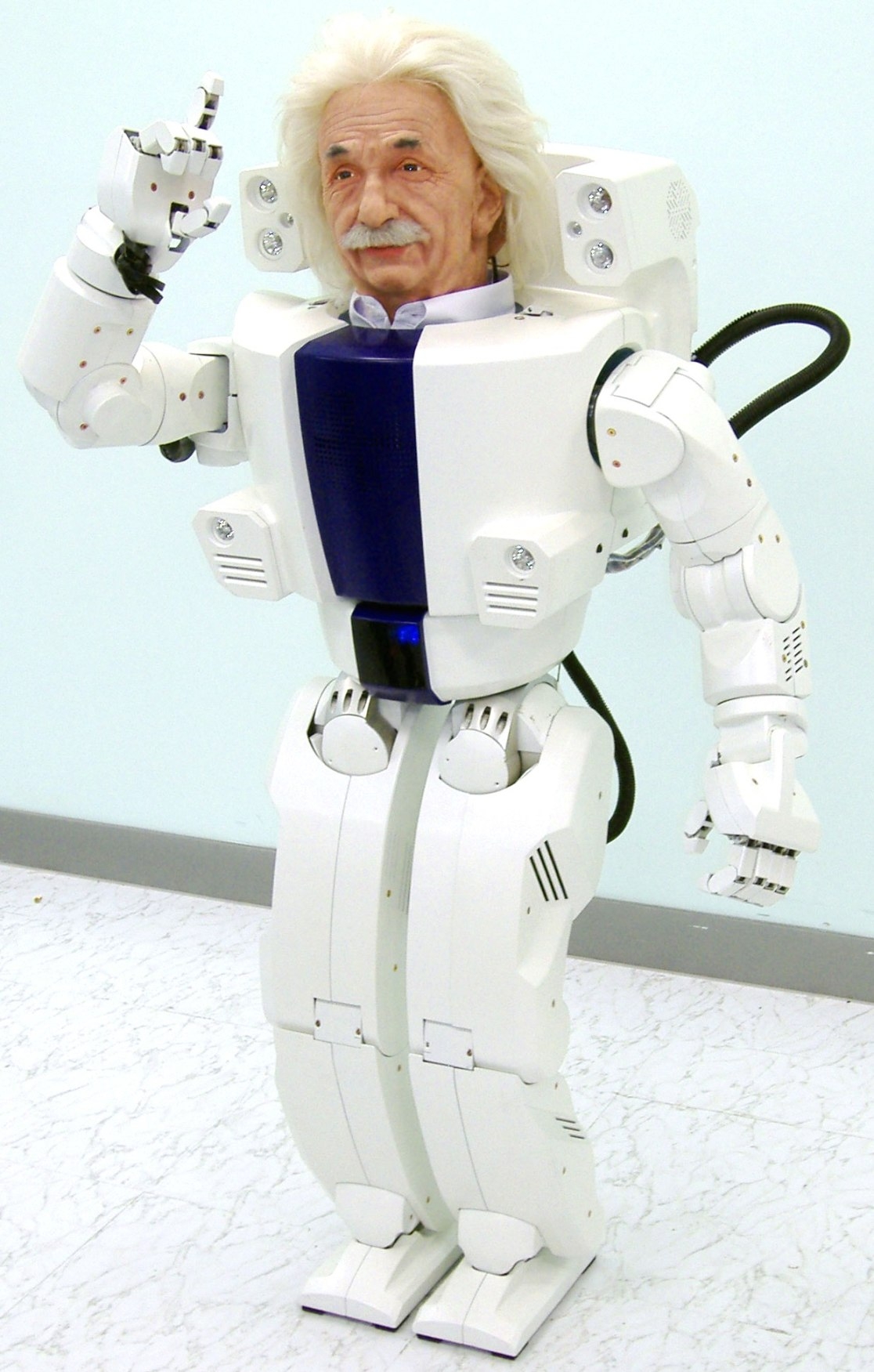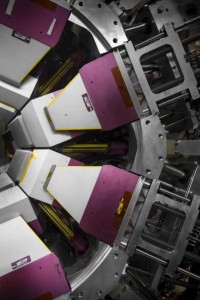It’s going to be busy in Vancouver (Canada) next week, if you plan your life around the city’s science events.
The first event, “The Art of Policy Making: What’s Science Got to Do With It?” is being held by the Canadian Association for the Advancement of Science. It will be held at lunchtime on Tuesday, November 26, 2013 at Simon Fraser University’s Harbour Centre campus in downtown Vancouver.
The Art of Policy Making:
What’s Science Got to Do With It?
Speaker: Andrew Petter, President of Simon Fraser University
Panelists: Adam Walters-Navigate Surgical Company, Vancouver, B.C. and David S. Fushtey, Senior Fellow,, Centre for Corporate Governance and Risk Management, SFU Beedie Faculty of Business, and Fellow, SFU Centre for Dialogue
Moderator: Bill Good, CKNW Radio, Vancouver, B.C.
Co-Chairs: Martin Zuckermann, D.Phil. (Oxon), FRSC, Emeritus Professor of Physics, McGill University
Olga A. Barrat, Ph.D., Research Scientist
Date: November 26, 2013
Location:
Simon Fraser University
Harbour Centre / Segal Centre
515 West Hastings, Vancouver
Registration: 11:30 a.m.
Presentation: 12:10 p.m.
Discussion: 12:50 – 1:45 p.m.
Pre-register via email at: caas@caas-acascience.org
Or by post to CAAS at the address or fax number noted below
Tickets: $35.00 (payable at the door by cash or cheque)
Information: caas@caas-acascience.org
For that price I hope they are including lunch. I did not realize we had a Canadian Association for the Advancement of Science (established in 1999) or that it was located in North Vancouver,
CANADIAN ASSOCIATION FOR THE ADVANCEMENT OF SCIENCE
P.O. Box 75513, 3034 Edgemont Blvd., North Vancouver, B.C., Canada V7R 4X1 / Fax: 604-926-5806
www.caas-acascience.org
The next day, you can trot off to: ‘Medicine Accelerated: Canada’s role in the Medical Isotope Revolution’ (part of the Unveiling the Universe Lecture Series) will be held on Wednesday, 27 November 2013 from 7:00 PM to 9:00 PM (PST) at Vancouver’s Science World., From the Nov. 15, 2013 TRIUMF;Canada’s National Laboratory for Particle and Nuclear Physics news release,
Medicine Accelerated: Canada’s role in the Medical Isotope Revolution
Join Science World and TRIUMF in welcoming Dr. Paul Schaffer for a free public lecture at the TELUS World of Science Wednesday November 27, 2013. As part of the “Unveiling the Universe” lecture series presented by TRIUMF and Science World, Dr. Schaffer will be speaking about recent advances in radiopharmaceuticals and and their role in the diagnosis, treatment, and management of diseases such as cancer and Alzheimer’s. he also will be highlighting Canada’s leadership role in developing cyclotron particle-accelerator technology to create medical isotopes. This lecture is offered in cooperation with ARPICO, the Society of Italian Researchers and Professionals in Western Canada. (www.arpico.ca).
Tickets are free but registration is required.
Visit http://medicine-accelerated.eventbrite.ca to reserve your seat.
Doors open at 6pm with the lecture starting at 7pm. There will be a Q&A session to follow.
A live webcast of the lecture will be available online (requires Silverlight plugin). Visit registration site for link.
About Paul Schaffer
Paul Schaffer is the Division Head of the Nuclear Medicine program at TRIUMF, Canada’s national lab for particle and nuclear physics in Vancouver, BC. He is responsible for maintaining TRIUMF’s medical isotope and radiotracer production programs in support of neurological and oncological research. He was recently recognized as one of British Columbia’s Top Forty under 40 by Business in Vancouver magazine
About Science World
Science World British Columbia is a not-for-profit organization that engages British Columbians in science and inspires future science and technology leadership throughout our province.
About TRIUMF
TRIUMF is Canada’s national laboratory for particle and nuclear physics. It is owned and operated by a consortium of Canadian universities and is funded by a contribution through the National Research Council of Canada. The Province of British Columbia provides capital funding for the construction of buildings for the TRIUMF Laboratory.
There are some 23 General Admission tickets still available as of November 20, 2013 (9:15 am PST). This talk is likely to touch on TRIUMF’s recently ‘unveiled’ medical cyclotron (from my June 9, 2013 posting),
Today, Sunday, June 9, 2013, TRIUMF, Canada’s national laboratory for particle and nuclear physics, and its partners announced that they have devised a technique for producing medical isotopes that is not dependent on materials from nuclear reactors. From the June 9, 2013 TRIUMF news release,
With Canadian-developed tools and technology, a national team led by TRIUMF has reached a crucial milestone at the BC Cancer Agency in developing and deploying alternatives for supplying key medical isotopes. The team used a medical cyclotron that was designed and manufactured by Advanced Cyclotron Systems, Inc. (ACSI) of Richmond, BC, and successfully achieved large-scale production of technetium-99m (Tc-99m), sufficient for a metropolitan area.
The team announced the successful ramp-up of its technology to regularly produce enough of the critical Tc-99m isotope to supply an urban area the size of Vancouver. This achievement eliminates the need for nuclear reactors to produce isotopes, especially those that use weaponsgrade uranium, which has been the traditional approach.
ETA Nov. 25, 2013: There’s a Nov. 22, 2013 news item (Medical isotope supply interrupted across Canada; Delivery of one isotope to hospitals down to less than 50 per cent of normal) on CBC (Canadian Broadcasting Corporation) News online about the latest shortage of medical isotopes.
The third event is being hosted by Canadian Member of Parliament,(Liberal) Joyce Murray (Vancouver Quadra) on Friday, November 29, 2013 at Enigma Restaurant on W. 10th Avenue near the University of British Columbia. From the November 15, 2013, invitation,
Please join Member of Parliament Joyce Murray at her Friday November 29th MP Breakfast Connections discussion with guest speaker Marc Garneau, MP: “Does Canada need a Space Program?”
Be part of the conversation with Canada’s first Astronaut and former President of Canada’s National Space Agency, Marc Garneau. Canada’s Space Agency began in 1990, with a mission to lead the development and application of space knowledge for the benefit of Canadians and humanity. Canadians have made significant contributions to space travel with the robotic Canadarm, developed in part here in British Columbia, by MacDonald Dettweiler, and we were all enthralled last year when Canadian Chris Hadfield was commander of the International Space Station and shared his experiences from space. Is there a future for Canada’s Space Agency? Let’s ask Marc!
Details:
Friday, November 29, 2013
7:30 – Registration + Buffet Breakfast
7:50 – 8:45 Speaker + Q and A
Enigma Restaurant – 4397 W. 10th Ave. (Off Trimble) (map)
The cost of the breakfast is $20 / $10 for students.
(Cash only at the door)
Please RSVP to joyce.murray.c1c@parl.gc.ca or by calling 604-664-9220.
Interestingly, Canadian astronaut Chris Hadfleld has been in Vancouver giving interviews (Nov. 18, 2013 on The Rush television programme), as he’s been promoting his new book, An Astronaut’s Guide to Life on Earth. You can find out more about the book at http://chrishadfield.ca/
Btw, I have been to Joyce’s breakfasts before and they serve a good breakfast at Enigma.
*As of Nov. 20, 2013, 2:30 pm PDT: I’m adding one more event: Vancouver’s Café Scientifique is being held in the back room of the The Railway Club (2nd floor of 579 Dunsmuir St. [at Seymour St.], Vancouver, Canada), on Tuesday, November 26, 2013 at 7:30 pm. Here’s the talk description (from the Nov. 20,, 2013 announcement,
Our speaker for the evening will be Dr. Andrea Damascelli.
From Light Quanta to Quantum Materials
he photoelectric effect – the ejection of electrons from a solid consequent to the absorption of light – was discovered by Hertz in 1887 and explained by Einstein in 1905 on the basis of the revolutionary hypothesis of Light Quanta, or photons. This intuition, which gave Einstein the Nobel Prize in Physics in 1921, marked the beginning of quantum physics and also of photoelectric spectroscopy, one of the most active fields in modern science and technology. Owing to recent technical progress and in particular to the development of third generation synchrotron sources – particle accelerators in which electrons traveling at nearly the speed of light generate the most brilliant light available to scientists – the last decade witnessed a renaissance in this technique and its applications. These have now become the primary tools in the study of emerging Quantum Materials, systems which manifest a wide range of astonishing electronic and magnetic phenomena and with the potential to revolutionize consumer electronics, telecommunications, next-generation computing, alternative energy, and medicine.
You can find Dr. Damascelli’s profile page here on the University of British Columbia website.



